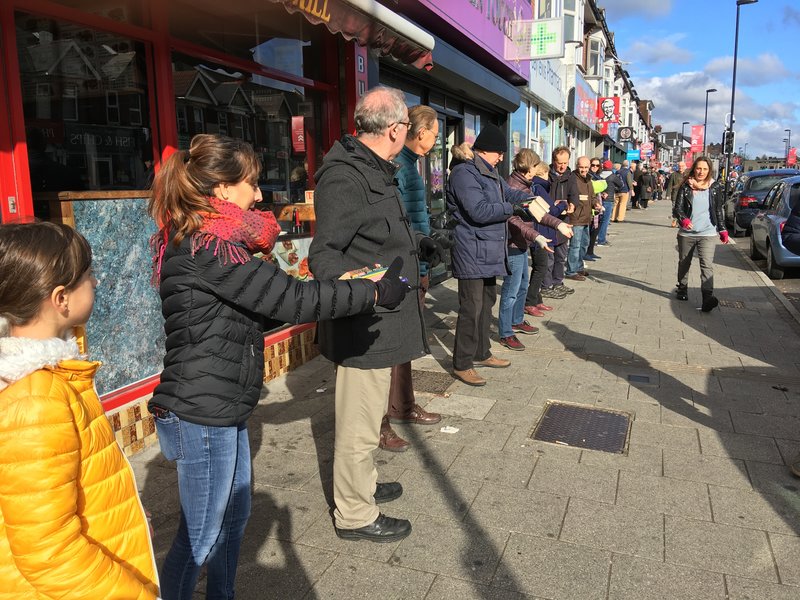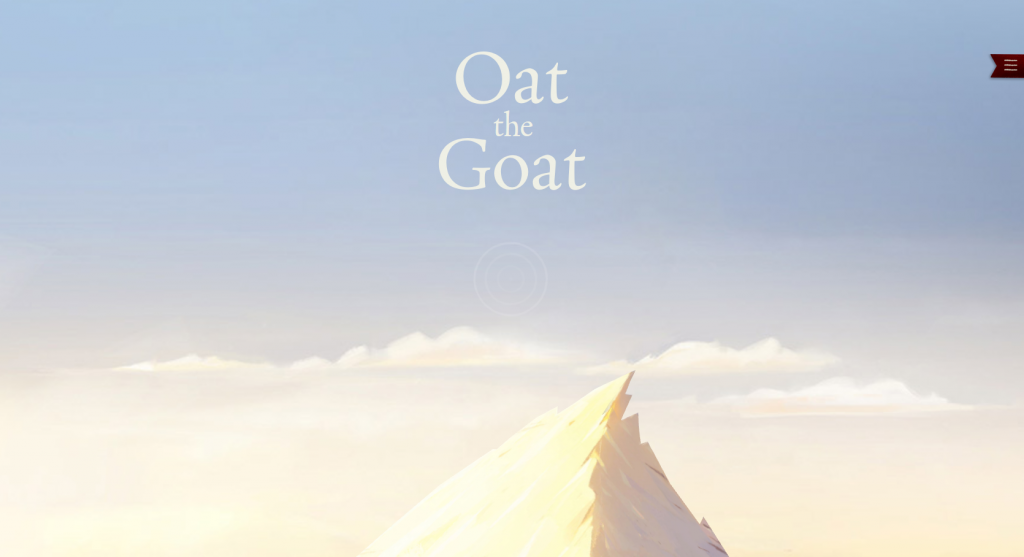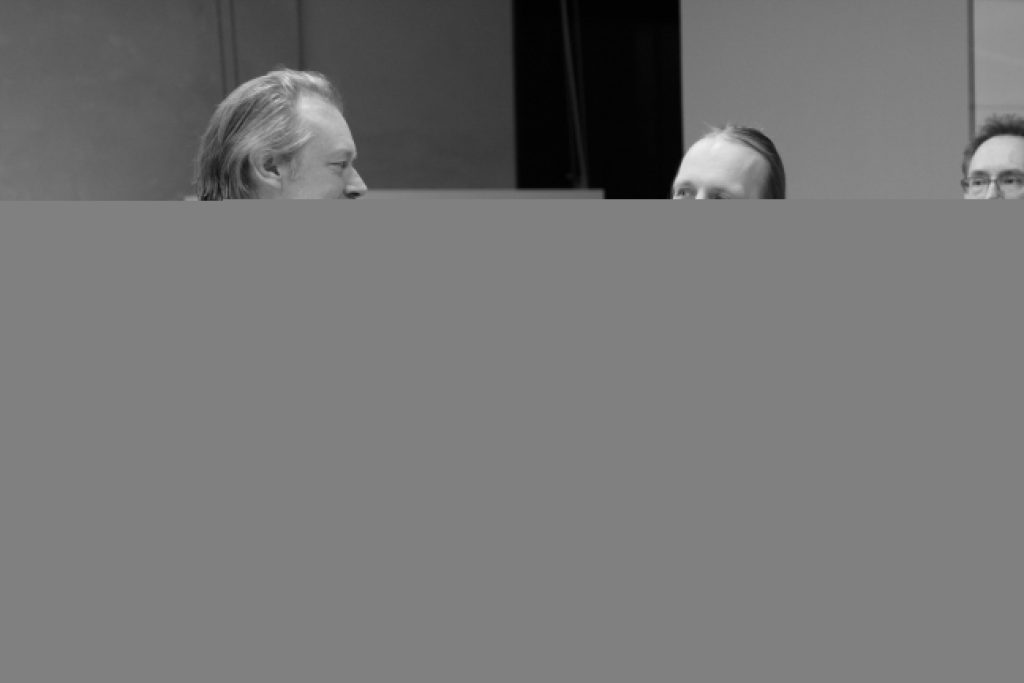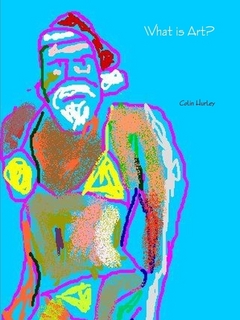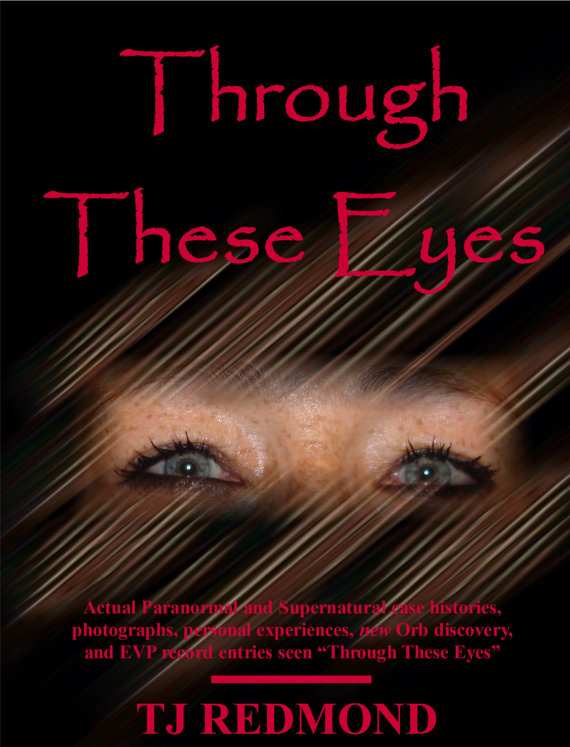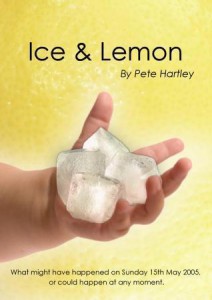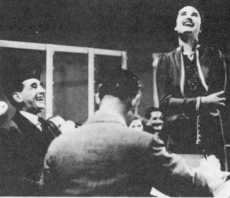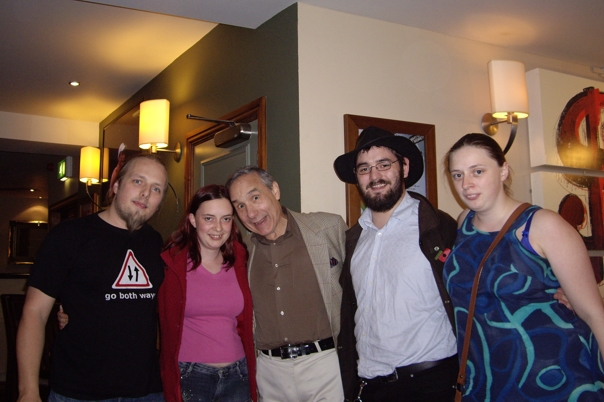So, what have I been up to this weekend, you ask. Well…
“Cover The Mirrors” Launch Party
On Friday I took the train up to Preston. The train I was on broke down at Machynlleth when they linked it up to the carriages that had come down the Pwllheli line, and the repairs set
me back by almost an hour, but it turns out that the rest of the rail network was running behind schedule that day, too, and so I didn’t miss any important connections. I arrived in
time for a quick “birthday tea” with my family (for my dad’s birthday) before rushing off to the Waterstones for the launch party for my friend Faye‘s first published novel, Cover The Mirrors.

I drank as much wine as the store were willing to give me and bought myself a signed copy of the book. I even managed to get the photo, above, under the proviso that it’s only allowed
to appear on the internet thanks to the fact that I’m holding a carrier bag in front of Faye’s face (she’s more than a little camera-shy). I haven’t started reading Cover The
Mirrors yet, because I’m virtually at the end of The Night Watch
by Sergei Lukyanenko, and I’d like to finish that first, but little doubt you’ll hear about it here in due course.
Dad’s Birthday
After the book launch, my sisters and I took my dad out for a few drinks to celebrate his 51st birthday. It turns out that, in my absence, Preston’s nightclub scene has really taken
off. We started out in an 80s-themed bar which is part of a chain called Reflex. It’s so 80s it’s unreal: all 80s hits playing, David
Hasselhoff and Mr. T decorating every wall, glitter balls and spots and mirrors everywhere… deely-boppers available at the bar…
and so on. Really quite a fantastic theme venue. Then, under my sister Sarah’s recommendation, we tootled up the street and into a cafe/club called Manyana, where my dad got hit on by
somebody young enough to be his daughter.
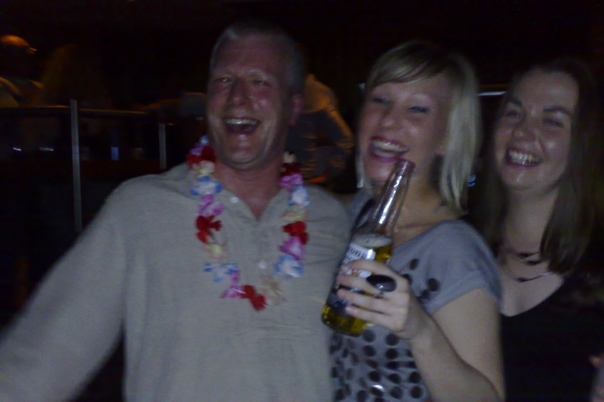
I snatched this picture. I’ve no idea who she is – we didn’t get her name – but she seemed genuinely surprised to hear my dad’s age. So I had the DJ announce it, just to make sure there
was no doubt in anybody’s mind that there was an old person on the dancefloor.
This influx of Preston nightclubs is making them all remarkably competitive with their drinks prices, too. I bought a few rounds for the four of us and none of them ever came to over a
tenner, and one – thanks to the “buy one get one free” policy at Manyana – came to under £6, which is quite remarkable for a city nightclub on a Friday night for four people!
Back To Aberystwyth
On Saturday I had brunch with my sister Becky, my mum, and her boyfriend and then got back onto the trains to head back to Aberystwyth. Owing to line maintenance, the stretch of track
between Crewe and Preston is unusable every weekend within sight, and so I was re-directed via Manchester Piccadilly. Yet again, my train ran late, and I found myself sprinting across
Piccadilly station, trying to find a train that was heading Shrewsbury-way…
…meanwhile, my friend Katie, having slept through her stop, woke up in Manchester Piccadilly and, not quite awake, clambered off her
train in an attempt to find a connection. I’d apparently featured in her dream, and so she was quite surprised (and not quite sure if she was seeing things) when I sprinted past her.
She sent a text (which I chose to ignore: my pocket beeped but I was too busy looking for a train to take the time to get my phone out) and then phoned me before she was able to confirm
that yes, it really was me.
As we were headed the same way, she joined me on my train for one stop, which was a nice surprise for what was a long and overcomplicated train journey. A few folks have suggested that
this might not be a coincidence, and that she might be stalking me, but I’m yet to be convinced.
In any case, I don’t have a picture to go with this part of the story. Sorry.
Jimmy, Beth, and Troma Night
YATN. If you were there, you know how it went. Big thanks to Jimmy and Beth for
coming along.
Lloyd Kaufman’s Visit
In case you’ve not been anywhere that I can pounce on you and go “squee!” recently, here’s what you missed out on. You’ll remember that last week I mentioned that Poultrygeist – Troma‘s new movie – was coming to Aberystwyth. Well, it did. And it rocked…
…and better yet, Ruth, Claire, JTA, Paul and I got to hang out with Lloyd Kaufman, president of Troma Studios and producer of
The Toxic Avenger, for a couple of pints and to share a bowl of nachos. The guy’s fabulously chatty and friendly, and if it weren’t
for the awestruck feeling of “wow, we’re just sat here chatting with Lloyd Kaufman in Lord Beechings” we’d have probably been more interesting company.
When he said goodbye, kissing the cheeks of each of the girls, I genuinely thought that they were in danger of exploding with excitement. Thankfully they didn’t, because I’d already
bought them tickets to see Poultrygeist later on.
Which was, as I’ve said before, fantastic. It’s even better seen with a nice, energised audience, and better still when the director and several other people who worked on the film are
hanging around afterwards to answer questions, chat, autograph things and so on. There are apparently 15 prints of Poultrygeist and the capacity to make more on demand, so if you want
to see it and can’t wait for the DVD release, go speak to your local cinema now and ask if they’ll show Poultrygeist, even if only for a week (as Lloyd himself said, it’s better than
showing Transformers on all 24 screens of some soulless megaplex). And hell, with Troma’s current financial situation, they
could probably do with a helping hand with getting into as many projection booths as possible!
The title of this post – Quickly, Before They Turn The Glass Into Lesbians! – is a reference to one of my favourite lines in the film.
Paul might have bitten off more than he can chew, though, as he hinted on his blog. After some discussion with Lloyd, Paul
is likely to be responsible for:
- Re-establishing the UK division of the Troma fan club.
- Acting as president of the above, for the forseeable future.
- Investigating UK distribution of Troma films.
- Oh, and making an official DVD subtitle track for Poultrygeist: Night Of The Chicken Dead, which describes the Troma Night drinking
rules and reminds you when you should be drinking. He’s got a few ideas about things that should be in such a subtitle track, too, and if you’re familiar with the rules you’ll
probably be able to guess what he’s thinking about.
I’ll leave it to him to go into detail, if he wishes.
Matt In Hospital
Between places, we also joined a growing crowd at the foot of Matt‘s bed in Bronglais Hospital. His operation was a success, but he’s
reacted unusually to the general anaesthetic and they’re likely to keep him in for observation for another few days. If you haven’t had a chance to visit him already, he’d probably
appreciate the company (although Sarah seems to have barely left his side): visiting hours are 3pm-5pm, 6pm-8pm: just ask if you
need to know what ward he’s in and how to get there. If you’re feeling particularly cruel, mock him by talking about how well your bodily excretions are working, or swap his drip with
his catheter bag while he’s not looking.
But seriously: I’m sure we all wish him well.
Curry!
Finally – as if we weren’t full enough from a large Sunday lunch – after leaving the cinema, Gareth, Penny, Amy, Ruth, JTA, Rory, Paul, Claire
and I slipped down for a late-night curry at the Spice of Bengal. Which was delicious, although there was a little much food for those of us who were already quite full.
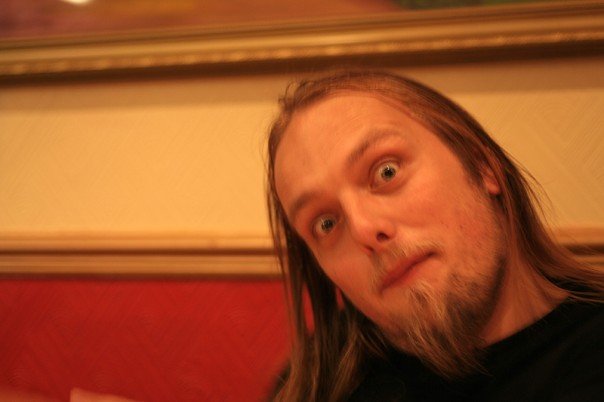
Nonetheless, a fantastic end to a fantastic weekend! I’m sure everybody else will have a different story to tell (Paul spent longer with Lloyd and went to more films; Claire and Jimmy
got horribly drunk together on Friday night after she, Ruth and JTA failed to see a Meatloaf concert; Matt’ll have his own morphine-fuelled tale to spin, and so on), because it’s been a
rich, full couple of days for many of us abnibbers.
